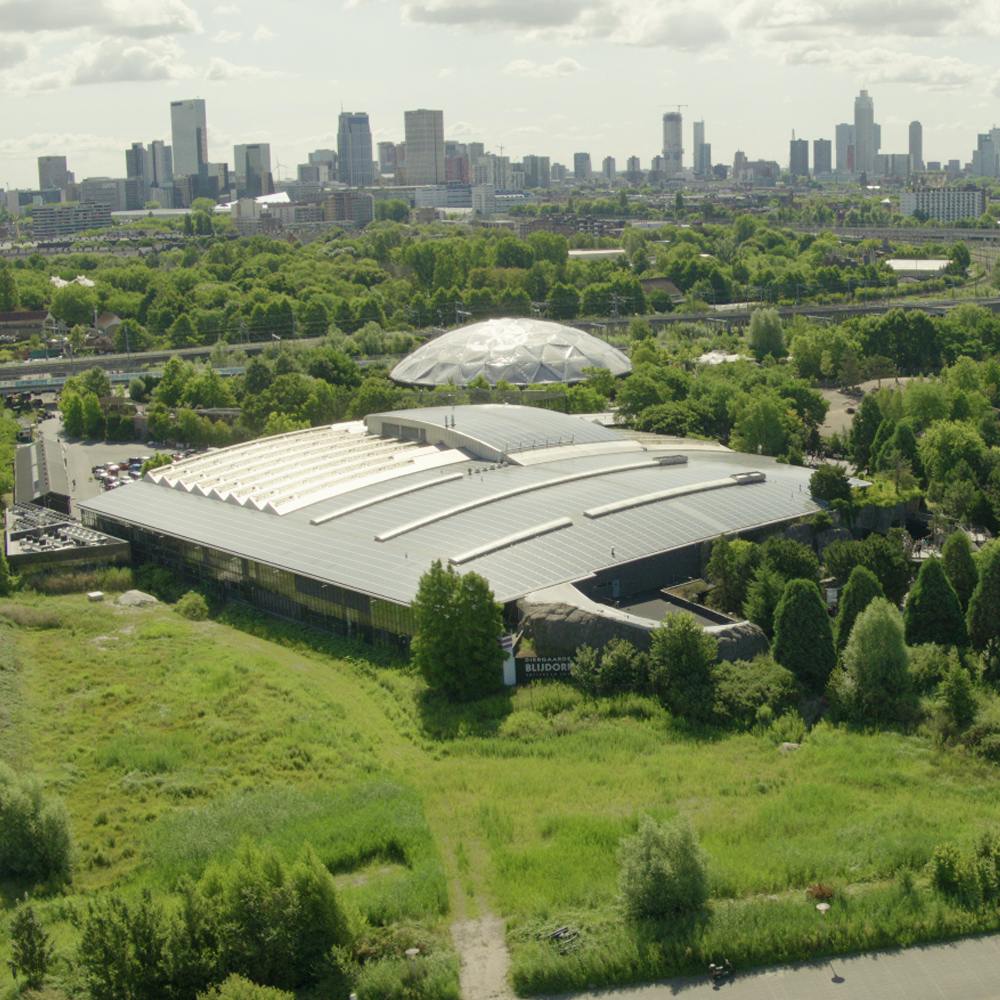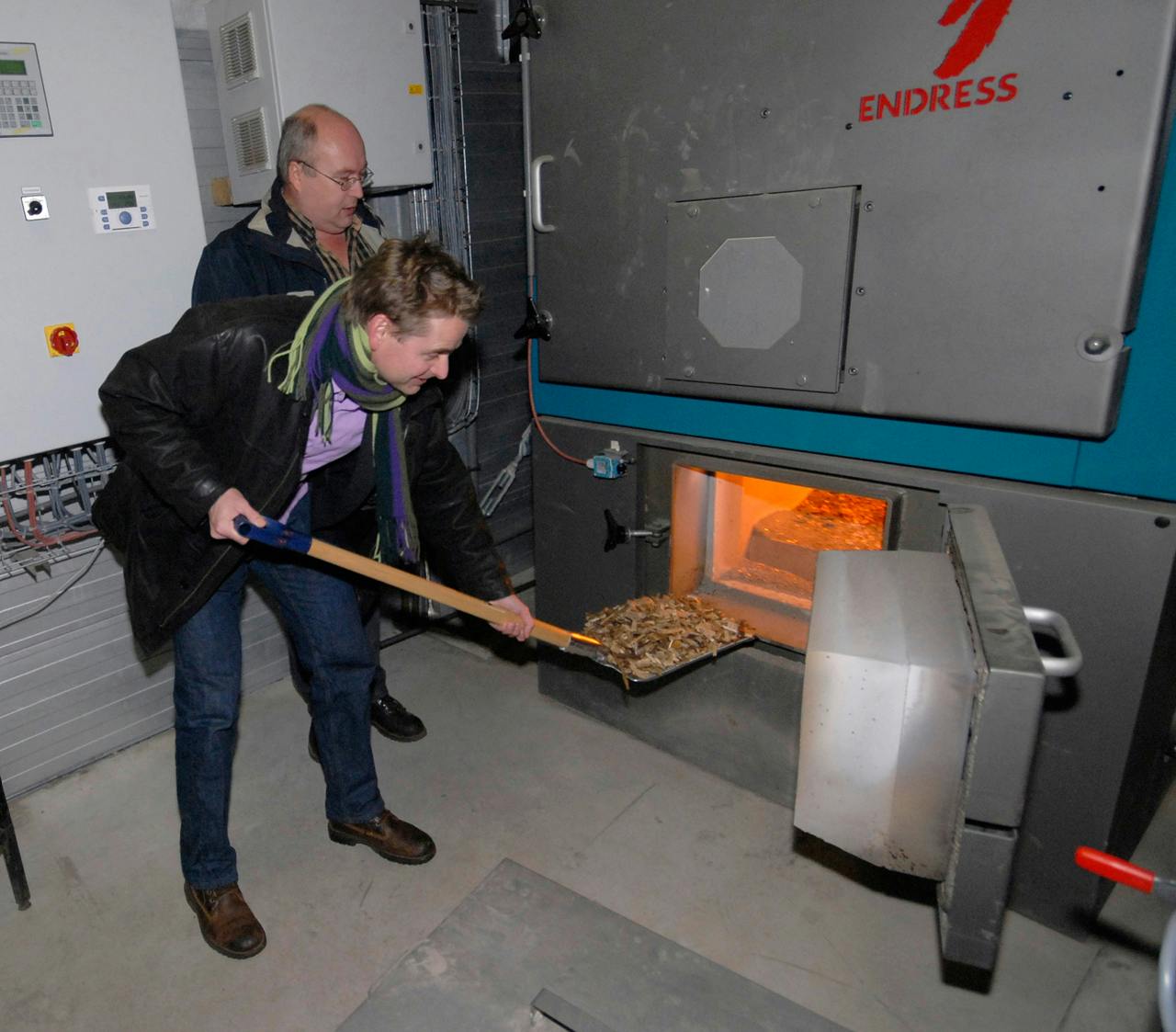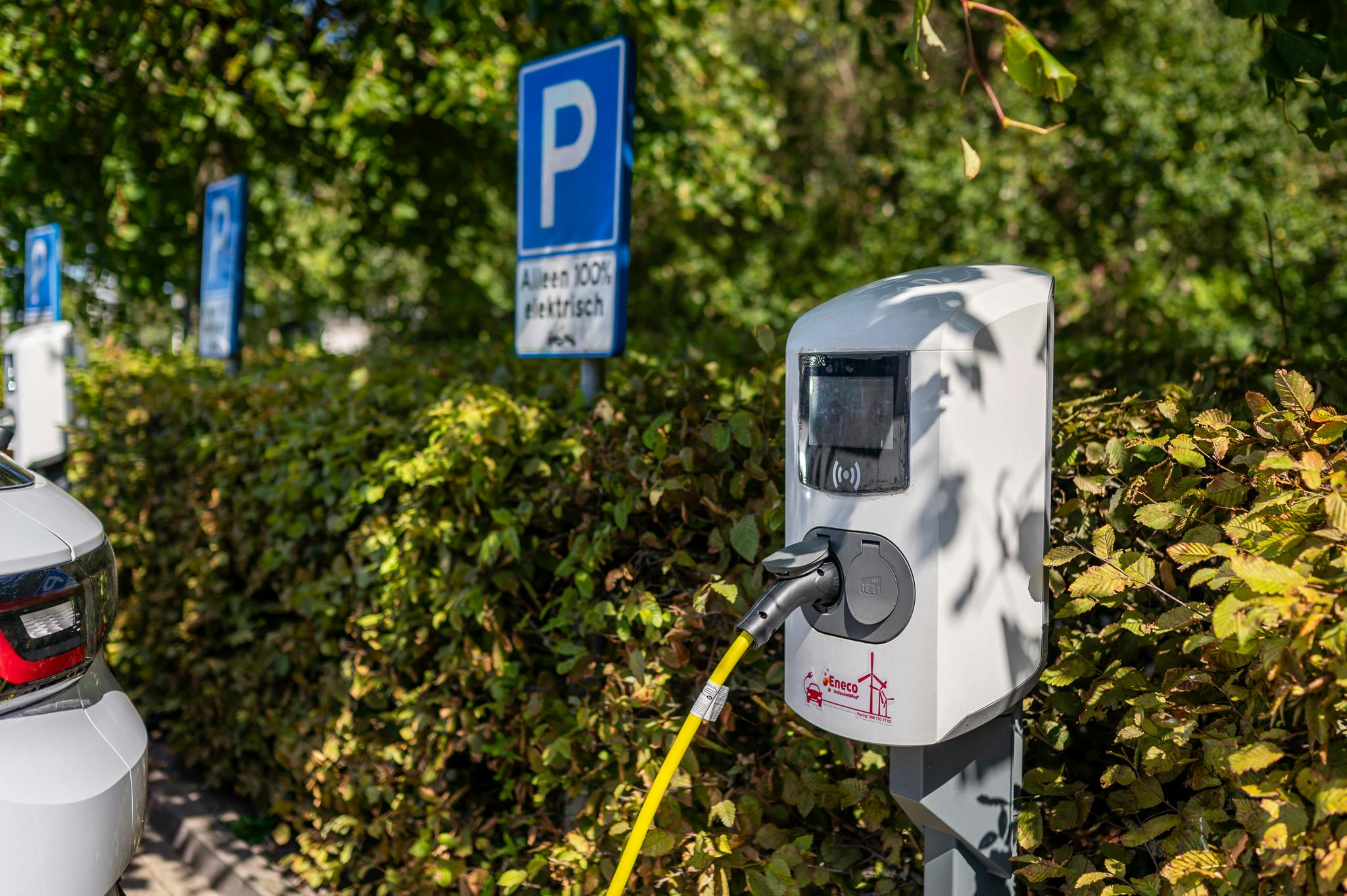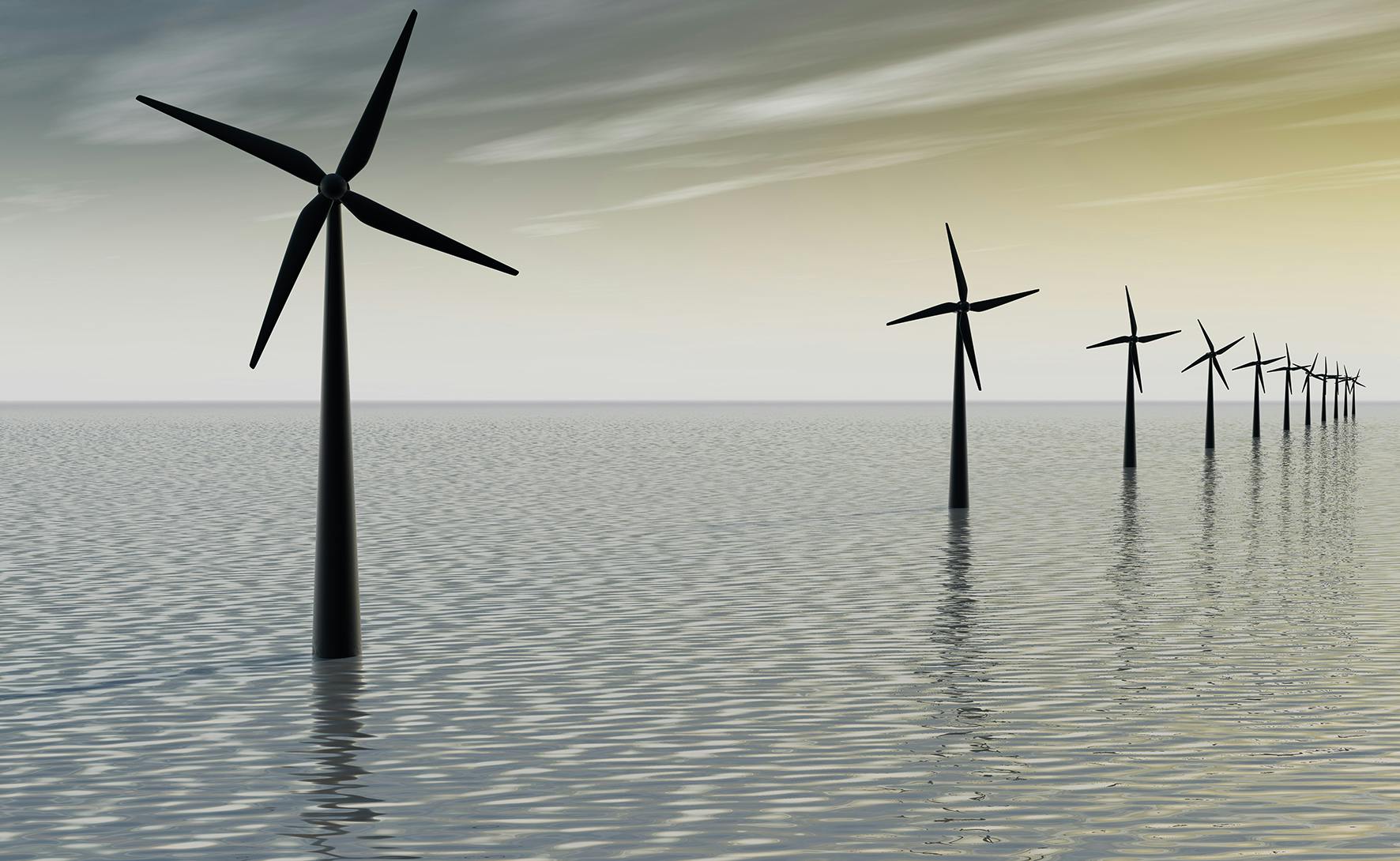The crocodiles at Blijdorp are kept warm thanks to the wood chip heater located next to the Crocodile River. This central heating boiler uses wood chips instead of fossil fuels, which is better for the environment. The wood chips come from sawmills in the Veluwe and from pruning done by the Municipality of Rotterdam. They responsibly harvest trees for the sawmills. After the planks are cut, there are always wood remnants left, and these end up in Blijdorp's wood stove. The heater has a capacity of 350 kilowatts and burns approximately 1,500 cubic meters of wood chips per year. The energy generated by this is roughly equivalent to the average energy consumption of ninety households (108,000 cubic meters of gas). So, Blijdorp saves a considerable amount of fossil fuel.
Moreover, our wood chip heater is relatively clean in terms of emissions. The heater has a combustion efficiency of ninety percent, resulting in minimal smoke and particulate matter. Any gases emitted are not released directly; they are first filtered by a cyclone cleaner.






